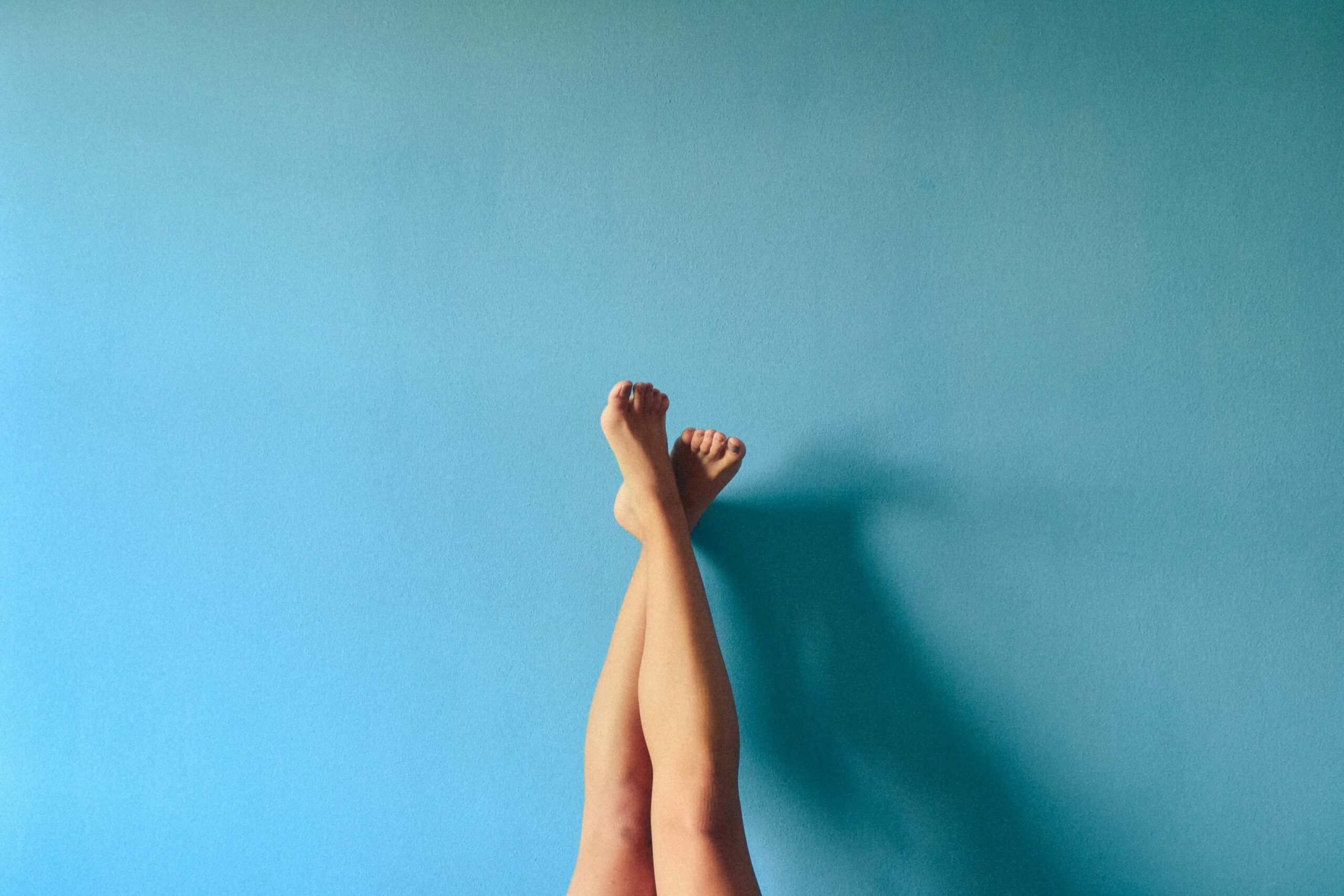Immediately after bunion surgery, you will be taken to a recovery area where you will be closely monitored until you are fully awake from the anaesthesia. Your foot will be bandaged and elevated to help control swelling and promote healing. You may also have a special shoe or boot to wear that will help protect your foot and keep it in the correct position.
Rest and avoid putting weight on your foot immediately after surgery. Your doctor will provide guidelines on when it is safe to start bearing weight on your foot again.
Follow-Up Appointments
It is important to follow all post-operative instructions provided by your doctor to ensure proper healing and reduce the risk of complications. You may need to attend follow-up appointments to monitor your progress and ensure the foot is healing properly.
Managing Pain And Inflammation
It is common to experience some pain and swelling in the affected foot after bunion surgery. Taking prescription pain medications, such as acetaminophen or stronger prescription painkillers, may help to manage your pain. Apply ice packs to the affected area for 20 minutes at a time, several times a day and elevating your foot above the level of your heart can help reduce swelling and pain.
Orthotics And Assistive Devices
The use of orthotic and assistive devices may be necessary to aid in the healing process and prevent complications. Compression stockings may be used to help prevent blood clots from forming in your legs and feet during the healing process. You may need to wear an ankle brace or support to help stabilise your foot and ankle as you begin to walk and put weight on your foot again.
Postoperative Shoes
Postoperative shoes are designed to protect the surgical site and prevent pressure on the foot. They are typically worn for the first few weeks after surgery. Specialised rocker shoes with a stiff sole and rocker bottom may be recommended to help you walk more easily and reduce pressure on your foot.
Crutches, Walkers and Canes
Crutches, walkers, or canes may be necessary to assist with walking and prevent falls. If your mobility is severely impaired, a wheelchair or scooter may help you get around during the early stages of your recovery.
Custom Orthotics
Custom orthotics, such as specialised socks, may be recommended to provide additional support and cushioning to the foot during the healing process and prevent the development of future foot problems.
Physical Therapy
Physical therapy may be recommended to help improve strength and flexibility in the foot and aid in the recovery process. You may also be given exercises to do at home to help with the healing process. The specific exercises you will need to do will depend on the extent of your surgery and your individual needs, but some examples of physical therapy exercises that may be recommended include:
- Toe curls: Sit on a chair with your feet flat on the floor. Place a towel on the ground and use your toes to scrunch it up towards you. Hold for 5 seconds and release. Repeat 10 times.
- Ankle pumps: Sit on a chair with your feet flat on the floor. Lift your foot up and then down, pointing your toes as far as you can. Repeat 10 times on each foot.
- Toe stretches: Sit on a chair with your feet flat on the floor. Use your hand to pull your big toe up and back gently, holding for 10 seconds. Repeat 10 times on each foot.
- Heel slides: Sit on a chair with your legs extended in front of you. Slide your heel towards your buttocks, bending your knee as far as you can without causing pain. Hold for 5 seconds and release. Repeat 10 times on each foot.
- Ankle circles: Sit on a chair with your feet flat on the floor. Lift your foot and rotate your ankle in a circular motion. Repeat 10 times on each foot.
Managing Your Expectations
It is important to manage your expectations surrounding recovery and to understand that it may take some time before you can return to normal activities. It is normal to experience some pain and swelling during the recovery process, and it may take several months before you are able to engage in more strenuous activities such as running or sports.
Be sure to discuss your recovery timeline and expectations with your doctor, and don't hesitate to ask questions or express any concerns you may have.
What To Expect After Bunion Surgery
Bunion surgery is an orthopaedic procedure that can help alleviate foot pain and improve mobility. The recovery process can vary depending on your context and the type of surgery performed, but it is important to follow post-operative instructions provided by your doctor to ensure proper healing and reduce the risk of complications. Managing pain and swelling, using orthotic and assistive devices, and physical therapy exercises may all be necessary components of the recovery process. Regular follow-up appointments with your doctor are also important to monitor progress and ensure proper healing.


 71–75 Shelton Street, Covent Garden, London, WC2H 9JQ
71–75 Shelton Street, Covent Garden, London, WC2H 9JQ +44 (0) 20 3376 1032
+44 (0) 20 3376 1032



